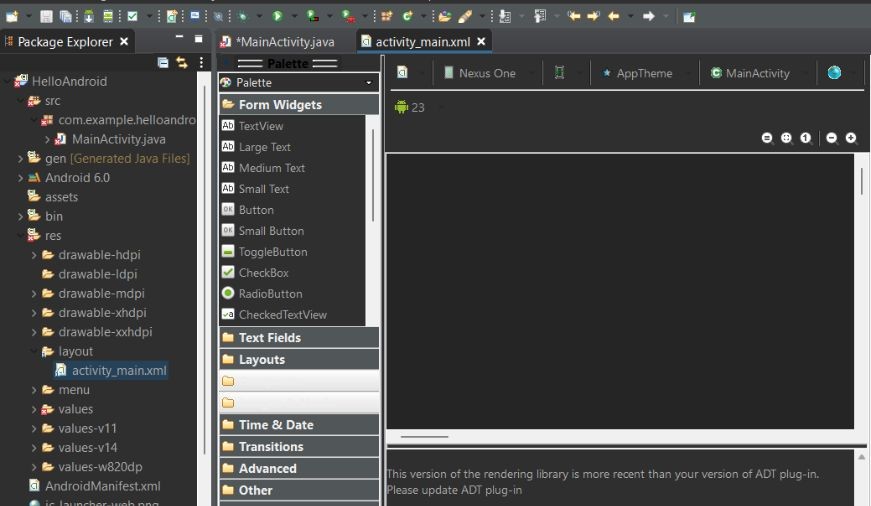
What is Environment and Data Modeling
Environment And Data Modeling
To install MongoDB on Windows, first download the latest release of MongoDB from https://www.mongodb.com/download-center.
Enter the required details, select the Server tab, in it you can choose the version of MongoDB, operating system and, packaging as:
Now install the downloaded file, by default, it will be installed in the folder C:\Program Files\.
MongoDB requires a data folder to store its files. The default location for the MongoDB data directory is c:\data\db. So you need to create this folder using the Command Prompt. Execute the following command sequence.
C:\>md data C:\md data\db
Then you need to specify set the dbpath to the created directory in mongod.exe. For the same, issue the following commands.
In the command prompt, navigate to the bin directory current in the MongoDB installation folder. Suppose my installation folder is C:\Program Files\MongoDB
C:\Users\XYZ>d:cd C:\Program Files\MongoDB\Server\4.2\bin C:\Program Files\MongoDB\Server\4.2\bin>mongod.exe --dbpath "C:\data"
This will show waiting for connections message on the console output, which indicates that the mongod.exe process is running successfully.
Now to run the MongoDB, you need to open another command prompt and issue the following command.
C:\Program Files\MongoDB\Server\4.2\bin>mongo.exe MongoDB shell version v4.2.1 connecting to: mongodb://127.0.0.1:27017/?compressors=disabled&gssapiServiceName
Implicit session: session { "id" : UUID("4260beda-f662-4cbe-9bc7-5c1f2242663c") }
MongoDB server version: 4.2.1
>
This will show that MongoDB is installed and run successfully. Next time when you run MongoDB, you need to issue only commands.
C:\Program Files\MongoDB\Server\4.2\bin>mongod.exe --dbpath "C:\data" C:\Program Files\MongoDB\Server\4.2\bin>mongo.exe
Install MongoDB on Ubuntu
Run the following command to import the MongoDB public GPG key −
sudo apt-key adv --keyserver hkp://keyserver.ubuntu.com:80 --recv 7F0CEB10
Create a /etc/apt/sources.list.d/mongodb.list file using the following command.
echo 'deb http://downloads-distro.mongodb.org/repo/ubuntu-upstart dist 10gen' | sudo tee /etc/apt/sources.list.d/mongodb.list
Now issue the following command to update the repository −
sudo apt-get update
Next install the MongoDB by using the following command −
apt-get install mongodb-10gen = 4.2
In the above installation, 2.2.3 is currently released MongoDB version. Make sure to install the latest version always. Now MongoDB is installed successfully.
Start MongoDB
sudo service mongodb start
Stop MongoDB
sudo service mongodb stop
Restart MongoDB
sudo service mongodb restart
To use MongoDB run the following command.
mongo
This will connect you to running MongoDB instance.
MongoDB Help
To get a list of commands, type db.help() in MongoDB client. This will give you a list of commands as shown in the following screenshot.
MongoDB Statistics
To get stats about MongoDB server, type the command db.stats() in MongoDB client. This will show the database name, number of collection and documents in the database. Output of the command is shown in the following screenshot.
Data MOdeling
Data in MongoDB has a flexible schema.documents in the same collection. They do not need to have the same set of fields or structure Common fields in a collection’s documents may hold different types of data.
Data Model Design
MongoDB provides two types of data models: — Embedded data model and Normalized data model. Based on the requirement, you can use either of the models while preparing your document.
Embedded Data Model
In this model, you can have (embed) all the related data in a single document, it is also known as de-normalized data model.
For example, assume we are getting the details of employees in three different documents namely, Personal_details, Contact and, Address, you can embed all the three documents in a single one as shown below −
{
_id: ,
Emp_ID: "10025AE336"
Personal_details:{
First_Name: "Radhika",
Last_Name: "Sharma",
Date_Of_Birth: "1995-09-26"
},
Contact: {
e-mail: "[email protected]",phone: "9848022338"
},
Address: {
city: "Hyderabad",
Area: "Madapur",
State: "Telangana"
}
}Normalized Data Model
In this model, you can refer the sub documents in the original document, using references. For example, you can re-write the above document in the normalized model as:
Employee:
{
_id: ,
Emp_ID: "10025AE336"
}Personal_details:
{
_id: ,
empDocID: " ObjectId101",
First_Name: "Radhika",
Last_Name: "Sharma",
Date_Of_Birth: "1995-09-26"
}Contact:
{
_id: ,
empDocID: " ObjectId101",
e-mail: "[email protected]",
phone: "9848022338"
}Address:
{
_id: ,
empDocID: " ObjectId101",
city: "Hyderabad",
Area: "Madapur",
State: "Telangana"
}Considerations while designing Schema in MongoDB
Design your schema according to user requirements.
Combine objects into one document if you will use them together. Otherwise separate them (but make sure there should not be need of joins).
Duplicate the data (but limited) because disk space is cheap as compare to compute time.
Do joins while write, not on read.
Optimize your schema for most frequent use cases.
Do complex aggregation in the schema.
Example
Suppose a client needs a database design for his blog/website and see the differences between RDBMS and MongoDB schema design. Website has the following requirements.
Every post has the unique title, description and url.
Every post can have one or more tags.
Every post has the name of its publisher and total number of likes.
Every post has comments given by users along with their name, message, data-time and likes.
On each post, there can be zero or more comments.
While in MongoDB schema, design will have one collection post and the following structure −
{
_id: POST_ID
title: TITLE_OF_POST,
description: POST_DESCRIPTION,
by: POST_BY,
url: URL_OF_POST,
tags: [TAG1, TAG2, TAG3],
likes: TOTAL_LIKES,
comments: [
{
user:'COMMENT_BY',
message: TEXT,
dateCreated: DATE_TIME,
like: LIKES
},
{
user:'COMMENT_BY',
message: TEXT,
dateCreated: DATE_TIME,
like: LIKES
}
]
}So while showing the data, in RDBMS you need to join three tables and in MongoDB, data will be shown from one collection only.



0 comments